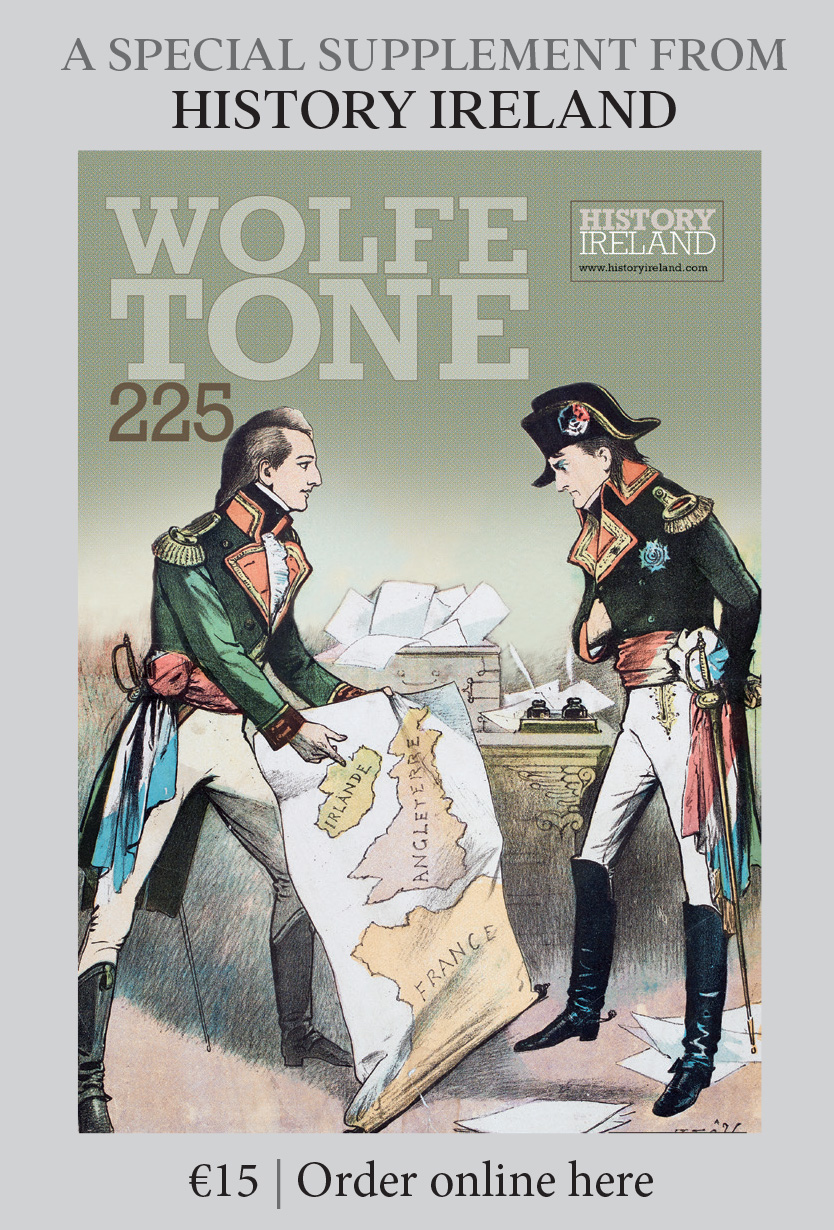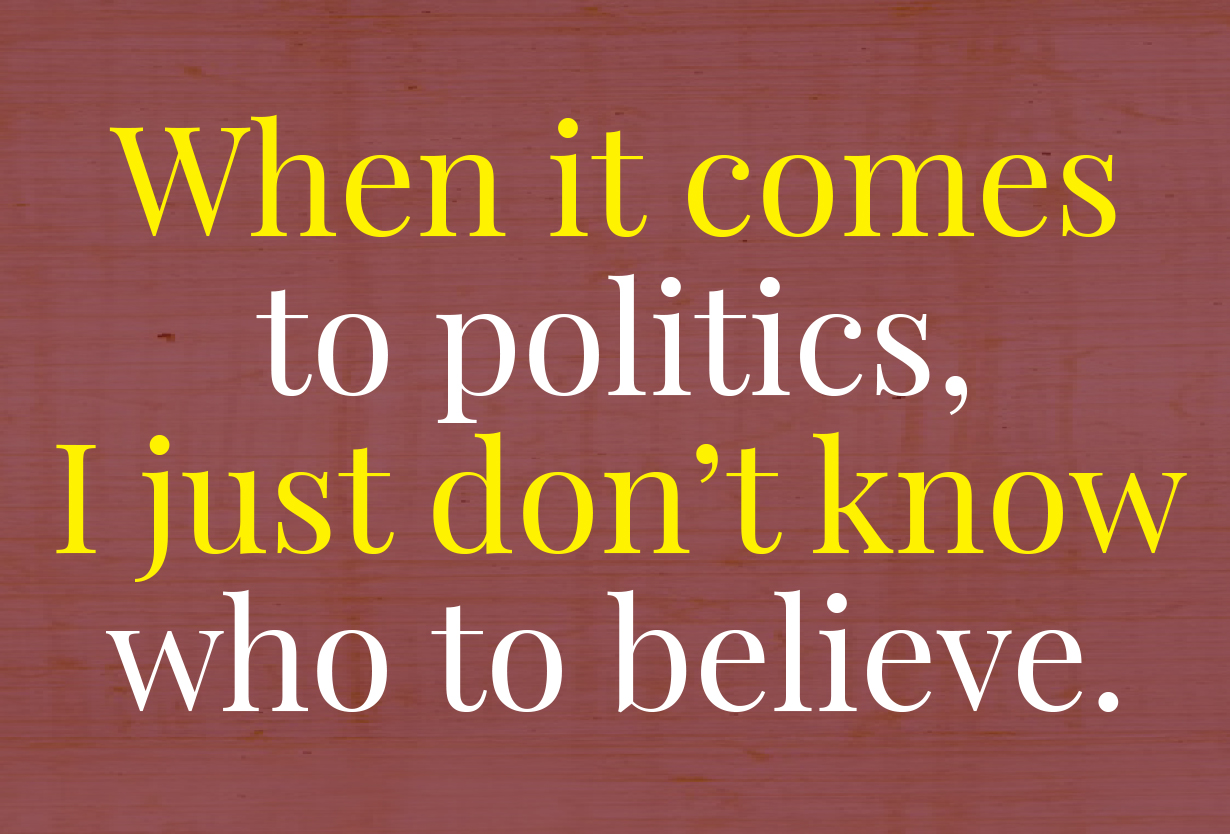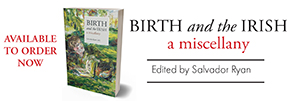KINDRED LINES: DNA as a source for family history
Published in Features, Issue 2 (March/April 2018), Volume 26By Fiona Fitzsimons
There is a point that every family historian reaches when, having exhausted all the documentary evidence, s/he draws a line under research. In this last decade medical science has delivered a new research-tool—DNA testing.
Genetics is the science of inheritance. Everyone’s genome contains a wealth of information on their ancestry. DNA testing isn’t based on reading the whole genome, however, but on DNA markers, known as SNPs and STRs. SNPs show single changes that occur infrequently over time. STRs show repeat changes that happen more often. These variants in the genetic code provide an insight into family history, medical background and physically inherited characteristics like height and hair/eye colour.
There are three types of DNA tests for family historians:
- Mitochondria (MtDNA) is not ‘human’ DNA but a separate cell that lives within our cells and is passed from mothers to all children, male and female. A Mitochondrial DNA test allows you to trace one single female line—your mother’s mother’s mother’s, etc. It has a reach of 200,000 years, taking non-Europeans into Africa. It is largely useful for deep (prehistoric) ancestry and can also be used to confirm a relationship between people on their direct female line.
- YDNA is passed only from fathers to sons. A Y test allows you to trace one single male line—your father’s father’s father’s, etc. It is estimated to have a reach of 340,000 years. It is particularly useful for surname studies and for deep ancestry. It can be used to confirm a relationship between people on their direct male line.
- Autosomal is the big gun among DNA tests, and the one in which companies like Ancestry have invested heavily. The Autosomal DNA test looks at both sides of a family and is accurate to between five and seven generations, approximately 180–210 years, after which it breaks down as a useful tool. It is particularly useful for tracing up to third and fourth cousins. To take a test, you spit into a test-tube or swab your cheek, and send the results to the DNA testing company from whom you’ve bought the kit. They send your sample to their laboratory, and after approximately eight weeks your test should be ready. The company will create a web-page to post the results and alert you by email. Don’t forget to link your family tree to your test results on-line, so that any matches can see how you’re related. This is where the fun and games begin.

Above: A representation of the double helix structure of the DNA molecule.
Genetics is a comparative science; your genes are interpreted by comparing them to the genes of other people who’ve had the same test. You might send a sample to three different testing companies only to receive three different results. Your DNA test results are an indication only. DNA testing can tell you whether you carry the gene for certain medical conditions or cancers but it won’t tell you whether that gene is ‘switched on’. This can only be determined by old-fashioned genealogical research, using documents.
What DNA testing can do is to point you in the direction of where to look. Where testing has already confirmed a relationship with a distant cousin on collateral lines, you will have evidence of what line and approximately what generation your common ancestor is on.
Scientists have recently discovered another fun thing that genetic genealogy can deliver—determining what someone might have looked like from their DNA. In future we may be able not only to recover our ancestors’ personal narratives but also to see what they looked like.
http://danielcrouch.net/Publications/FaceGenetics-12_Main+SI_website.pdf
Fiona Fitzsimons is a director of Eneclann, a Trinity campus company, and of findmypast Ireland.
















